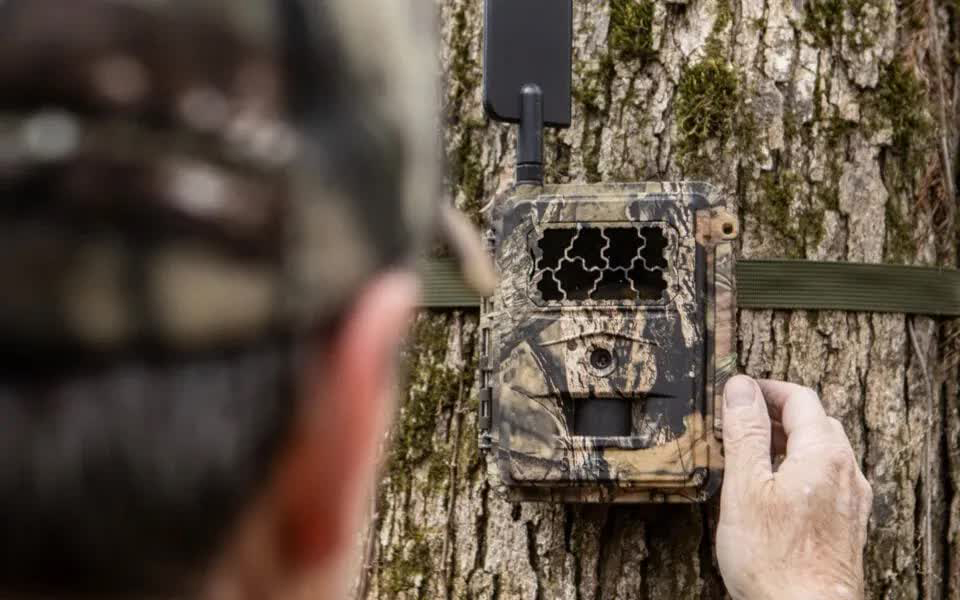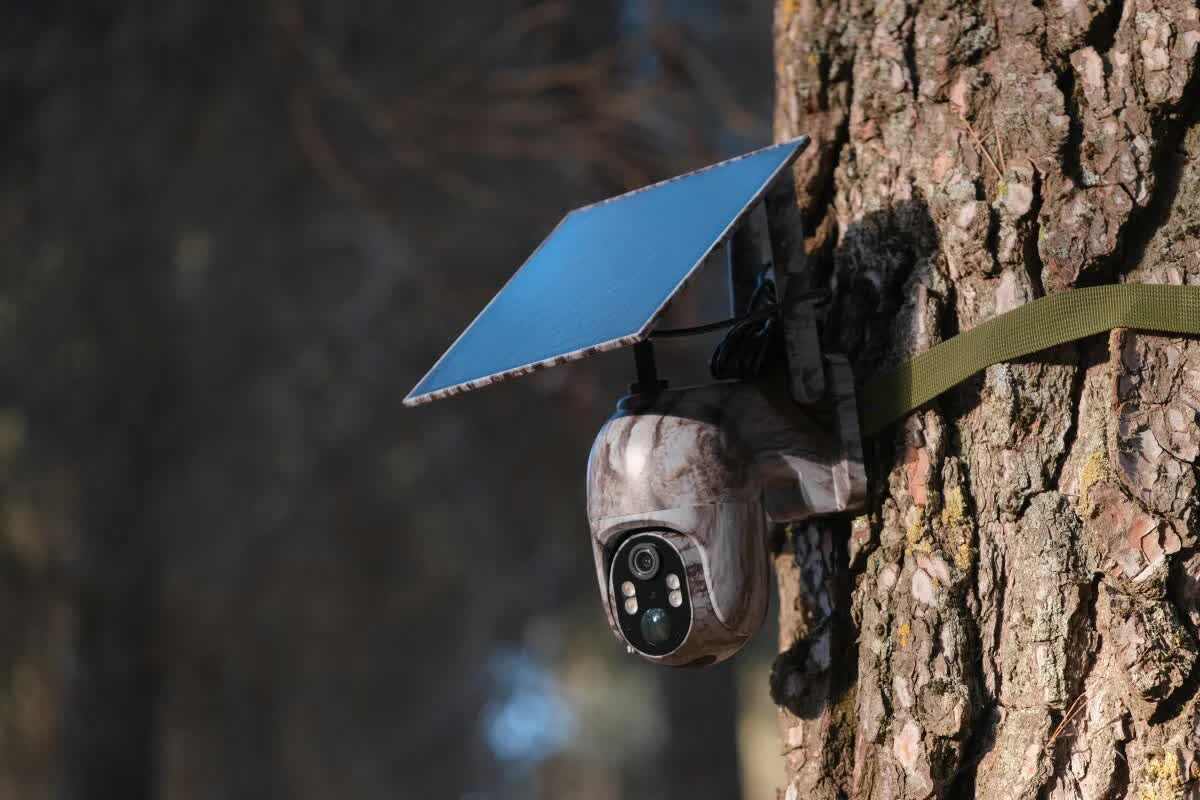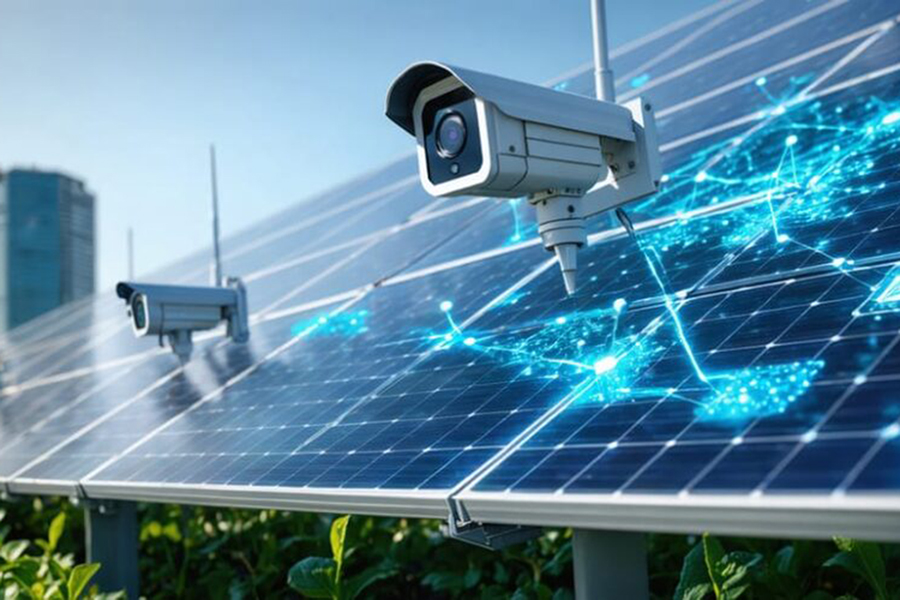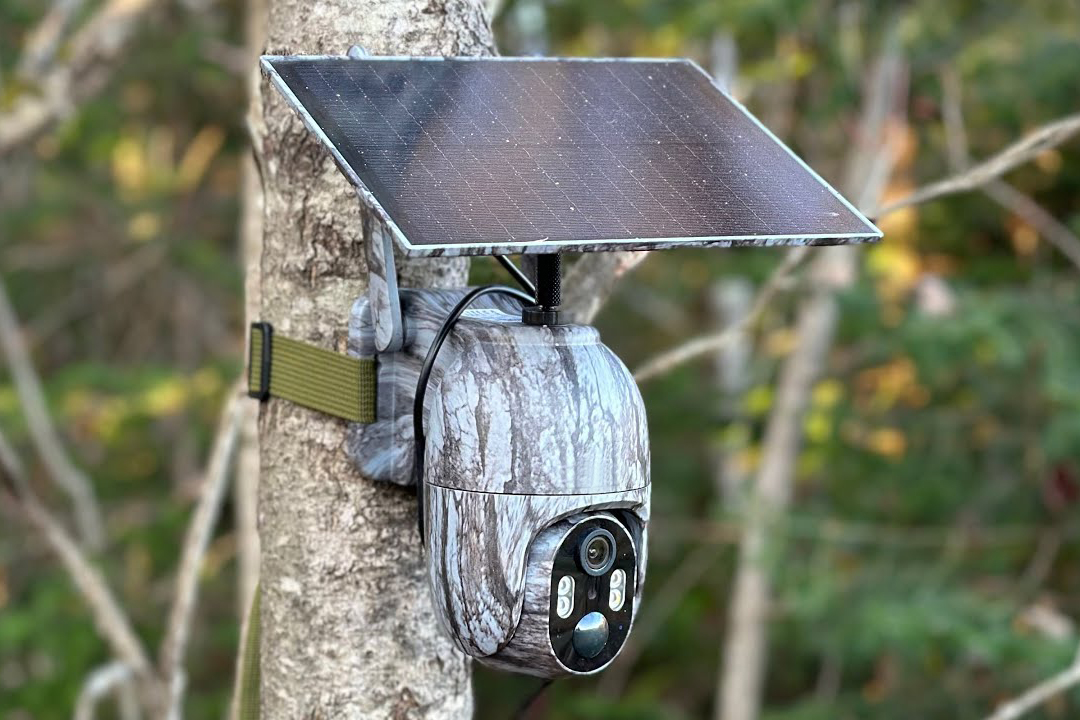Discover How to Set up a Trail Camera for Optimal Wildlife Viewing
Discover How to Set up a Trail Camera for Optimal Wildlife Viewing

Before venturing into the woods in search of big bucks and trophy-worthy game during hunting season, it’s crucial to prepare your gear and stock up on necessary supplies. Naturally, there are the essentials:
- Firearms
- Extra ammunition
- Spare lithium batteries
- Instant coffee (of course)
However, one piece of equipment that proves invaluable to both novice and experienced hunters is the trail camera. Trail cameras, often referred to as game cameras, have remained at the cutting edge of hunting technology. They assist deer hunters in their scouting efforts, and knowing how to properly set up a trail camera is essential for a successful deer hunting season.
Trail Camera Strategy and Placement Tips
Having access to consistent, on-demand information about deer habits will allow you to refine your strategy by tracking changes in real-time. However, even the most advanced technology won’t help if your trail camera is poorly placed. Improper placement can lead to poor-quality pictures—or worse, no images at all. To avoid this, follow these trail camera tips to ensure you capture the highest-quality images:
Always Keep the Trail Camera Hidden
The last thing you want is for a trophy-worthy buck to notice your camera and leave the area. To ensure your camera remains hidden, try mounting it on a tree trunk that is wider than the camera to help it blend into the bark. Another effective option is hanging the camera from an unobtrusive tree branch.
It's not just deer you need to hide your camera from! If you're concerned about tampering or theft, you'll also need to know how to conceal your trail camera from humans. The best way to deter thieves is by placing the camera in an unexpected location, either above or below eye level.
When placing your camera closer to the ground, consider holding it at a consistent upward angle and combatting condensation with a proofed lens. Proper angles and lens protection will help you get high-quality shots. If you want a simpler, reliable method for hiding your camera from thieves, keep reading to learn more about hanging your deer trail camera.
Avoid Placing the Game Camera Too Low or Too High
- If you're mounting it on a t-post, mounting stick, or tree trunk along a trail, position the camera 3-4 feet above ground level. This height aligns with the torso of an adult deer, ensuring it falls within the frame.
- Maintain a distance of about 30-35 feet between your camera and the target area. This setup maximizes the probability of your camera's PIR system detecting a passing deer and offers a broad surface area of the animal in each shot, enhancing your camera's range.
- If hanging your camera from a tree—ideal for concealing it from both deer and humans—determine the correct angle for mounting. A height of 6 feet is a good baseline. Angle the camera slightly downward to achieve the broadest view of the target area.
- If you’re mounting the camera higher than 6 feet, increase the distance between the camera and the expected deer location. For each additional foot above 6 feet, add 1-2 feet of distance to maintain an optimal view.
- This extra distance prevents the need for a steep downward angle, which would limit the camera's field of view and reduce the number of deer captured on camera.
Point Your Camera in the Right Direction
To avoid sun flare and get crisp golden-hour photos, point your camera either due north or south. Cameras facing east or west will capture blinding images of the sunrise or sunset, which can obscure your view.
Point Your Camera at the Correct Angle
Understanding the area where you plan to hunt, along with the likely behaviors of the deer you want to capture, is crucial for positioning your camera at the right angle. This can make the difference between excellent and average photos. Ideally, avoid positioning your camera directly perpendicular to the path where you expect the deer to cross.
To give your camera multiple opportunities to capture images as the deer pass through, angle it slightly to the side along a known trail. When a deer approaches the camera, it will walk towards it while moving along the path. This allows for a sequence of images that capture the deer’s movement and behavior, resulting in more close-ups and action shots. Additionally, it helps you gather data to understand the deer’s travel patterns.
EXPERT TIP:
On food plots, place your camera at a corner or where most of the deer are likely to enter. This will increase the number of images you capture. Make sure the camera faces the food plot to record how many deer are present.
Keep a Seasonal Approach in Mind
Remember that locations where you found success during warmer months may see less deer activity in colder weather. Changes in food sources and the environment affect where deer congregate. To improve your chances, place your camera at a location showing heavy deer activity for the current season.
Trail cameras are essential tools for any hunting trip, and their effectiveness depends on proper placement. Once positioned correctly, these cameras provide valuable information about weather conditions, optimal hunting times, and the number of deer in the area. They can also help identify specific bucks in the herd.
EXPERT TIP:
Consult your instruction manual to ensure you're using the correct batteries for your trail camera. This will maximize the camera's battery life.
Frequently Asked Questions
Q. What is the Difference Between Trigger Speed and Shutter Speed?
A. Trigger speed refers to the camera's functionality. It measures the time between the moment the IR sensor detects motion and "wakes up" the camera from sleep mode, activating it for photo capture.
Shutter speed, on the other hand, affects the quality of the image itself. It measures how long the camera’s mechanical shutter takes to open and close. Generally, faster shutter speeds are used for daytime shots to prevent overexposure. Slower shutter speeds are more common for low light or nighttime photography.
Q. How Has Cellular Technology Changed the Sport of Hunting?
A. Cellular trail cameras have revolutionized game tracking. These cameras, with their constant wireless connectivity, reduce the pressure on your hunting spots because you don't need to visit as often.
Checking your cards requires less effort, which means fewer trips to the lease and more time spent relaxing with family. Regular access to updated information about deer habits allows you to adjust your hunting strategy. You no longer need days to find out if a new buck has entered your property or if deer activity has shifted to nocturnal patterns.




